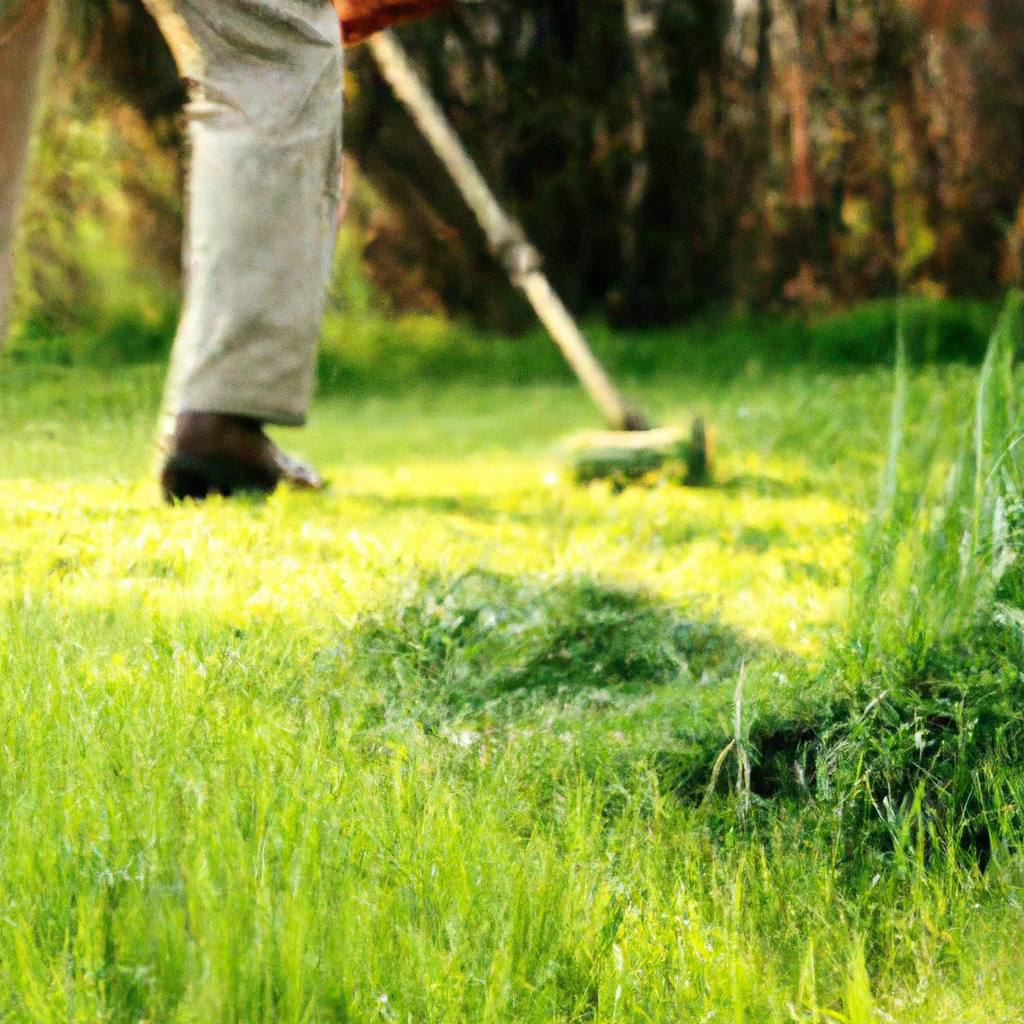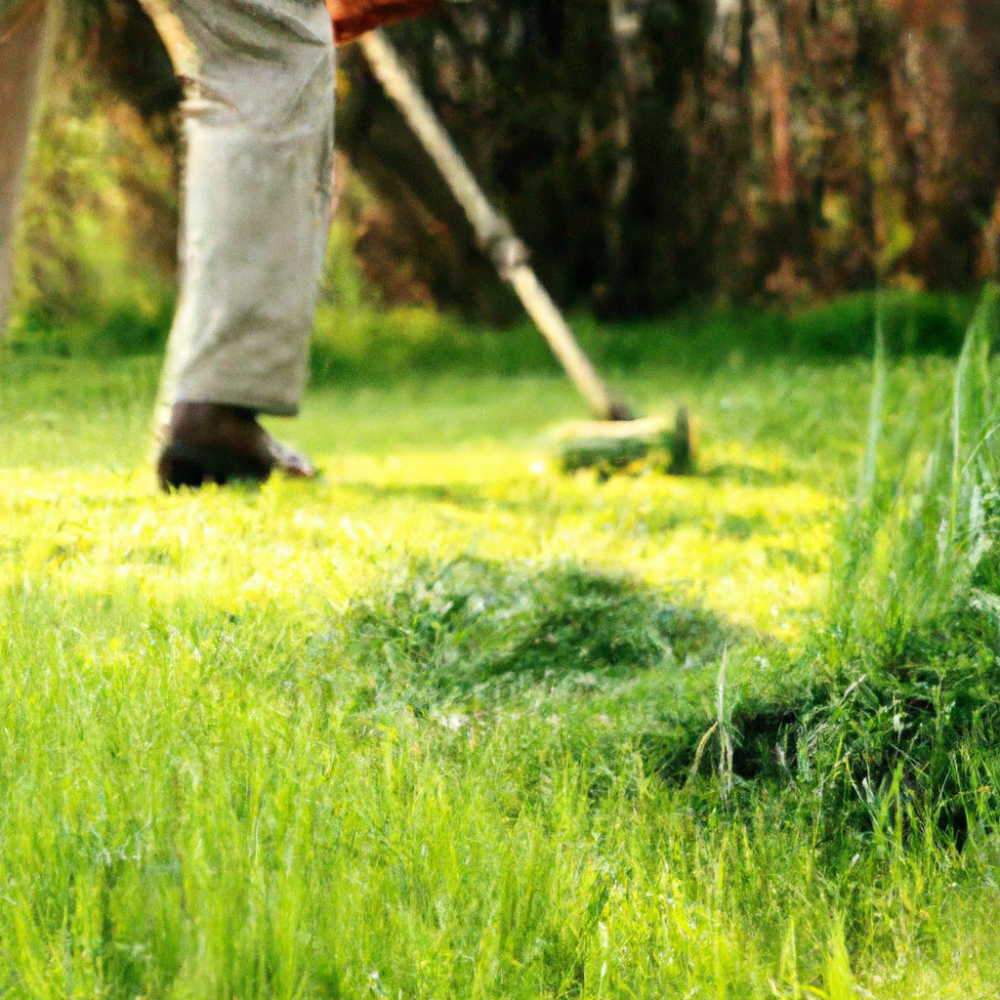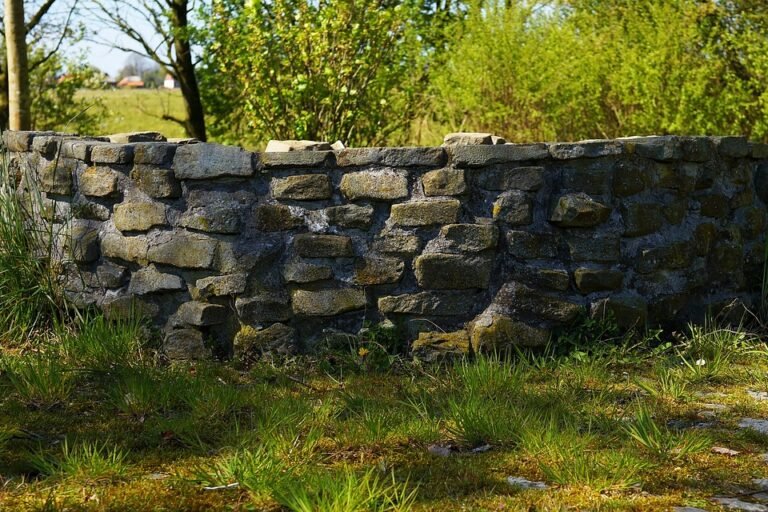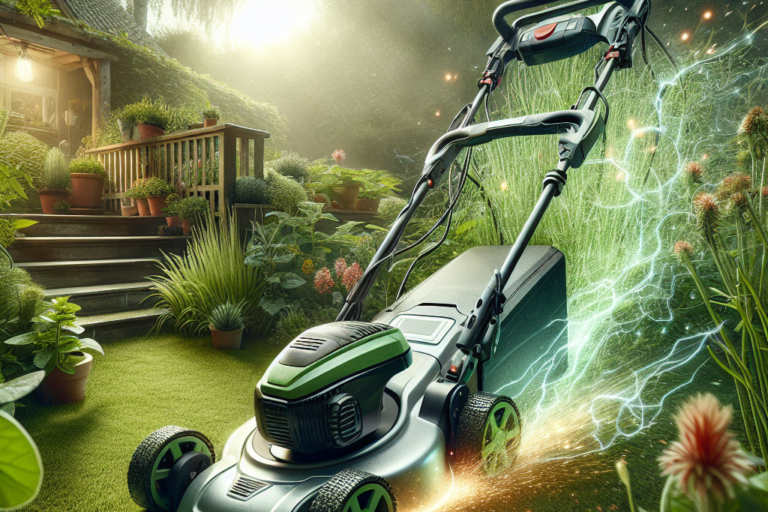Spring is finally here, and it’s time to start thinking about how to care for your lawn. After the long winter months, your yard may need some extra attention to thrive in the upcoming season. Whether you’re a seasoned gardener or just starting out, knowing what tasks to include in your spring lawn care routine is essential for a healthy and vibrant lawn. From fertilizing and aerating to mowing and weed control, this article will guide you through the key chores that will rejuvenate your lawn and ensure it looks its best all season long. Don’t wait any longer, let’s get started on achieving a lush and beautiful yard!
Mowing
One of the key tasks in any spring lawn care routine is mowing. Regular mowing is important to maintain the overall health and appearance of your lawn. Not only does it keep the grass at an optimal height, but it also promotes thicker and healthier growth. When it comes to mowing, it’s crucial to follow a few guidelines. Firstly, ensure that your lawnmower blades are sharp to achieve a clean cut and avoid damaging the grass. Secondly, set the mower to the appropriate height depending on the type of grass you have. Finally, try not to remove more than one-third of the grass height during each mowing session to avoid stress on the plants.
Fertilizing
Fertilizing is a fundamental step in rejuvenating your lawn after the winter months. During spring, grass growth is at its peak, and supplying the necessary nutrients is vital for its health and vigor. Fertilizers are typically formulated with essential elements such as nitrogen, phosphorus, and potassium, which help promote lush and green growth. Before applying fertilizer, it’s crucial to test the soil to determine its nutrient requirements accurately. This will allow you to select the appropriate fertilizer and apply it at the recommended rate. Pay attention to timing as well, as it’s best to fertilize when the grass is actively growing, usually early spring or late fall.

Weeding
Weeds can quickly take over your lawn and overpower the grass if left uncontrolled. Including weeding as part of your spring lawn care routine is essential to maintain a healthy and weed-free lawn. There are various methods for weed removal, including hand-pulling, using herbicides, or employing specialized tools. Hand-pulling is effective for smaller infestations, but herbicides can be used for larger areas or persistent weeds. When using herbicides, ensure you follow the instructions carefully and choose an appropriate product that targets the specific weeds you are dealing with. Additionally, addressing the underlying causes of weed growth, such as poor soil conditions or inadequate mowing and watering practices, can help prevent future weed problems.
Aerating
Aeration is a crucial step in improving the overall health and vitality of your lawn. Over time, the soil beneath your grass can become compacted, hindering the flow of oxygen, water, and nutrients to the roots. Aerating involves perforating the soil to create small holes, allowing for better air circulation and enhanced nutrient absorption. There are various methods of aerating, including using a manual or motorized aerator or employing spike or plug aerating techniques. The best time to aerate your lawn is during the growing season, usually in early spring or fall, when the grass can recover quickly and fill in the holes left by the aerator.
Overseeding
Do you notice bare patches or thinning areas in your lawn? If so, overseeding is an essential step to restore the lushness and density of your grass. Overseeding involves spreading additional grass seed over existing turf to fill in gaps and encourage new growth. This process not only ensures a more uniform and visually appealing lawn but also helps choke out weeds and improve the lawn’s overall resilience. Before overseeding, it’s important to prepare the soil properly by removing any debris, mowing the existing grass relatively short, and loosening the soil’s top layer. Additionally, consider selecting grass seed varieties that are suitable for your specific climate and soil conditions.
Watering
Proper watering plays a crucial role in maintaining a healthy lawn, and spring is the perfect time to establish good watering habits. Adequate hydration is essential for grass growth, especially during periods of dry weather. The best approach is to water deeply but infrequently, allowing the water to penetrate the soil to a depth of 4-6 inches. This encourages the grass roots to grow deeper, making them more resilient to drought conditions. It’s recommended to water in the early morning to minimize water loss due to evaporation. Additionally, pay attention to local watering restrictions and adjust your schedule accordingly to ensure you are watering within the permitted guidelines.
De-thatching
Thatch is a layer of dead grass, roots, and debris that accumulates on the surface of the soil over time. While some thatch is beneficial, as it helps retain moisture and insulate the soil, an excessive buildup can prevent water, air, and nutrients from reaching the grass roots. De-thatching is the process of removing this excessive thatch layer to promote a healthier lawn. You can de-thatch manually using a rake, but for larger areas or more severe thatch problems, power tools such as de-thatching machines can be used. It’s important to perform de-thatching when the grass is actively growing and can recover quickly from the process.
Pest Control
Pests can wreak havoc on your lawn, feeding on the grass, leaving unsightly damage, and potentially spreading disease. Incorporating pest control measures into your spring lawn care routine can help prevent infestations and maintain the vitality of your grass. The specific pests you may encounter can vary depending on your location, but common culprits include grubs, ants, mosquitoes, and ticks. There are various methods to control pests, ranging from cultural practices such as proper lawn maintenance and cleanliness to biological controls like introducing beneficial insects or using organic pest control products. If necessary, chemical pesticides can be used, but always follow the instructions carefully and prioritize environmentally friendly options.
Soil Testing
Understanding the composition and nutrient levels of your soil is essential for maintaining a healthy lawn. Conducting a soil test as part of your spring lawn care routine allows you to assess the pH level, nutrient deficiencies or excesses, and other factors that may affect grass growth. Soil testing kits are readily available and typically involve collecting soil samples from different areas of your lawn and sending them to a laboratory for analysis. Based on the test results, you can make informed decisions about fertilization, pH adjustments, or other soil amendments to create optimal growing conditions for your grass.
Mulching
Mulching is a beneficial practice that can improve the health and appearance of your lawn. Applying a layer of organic mulch around trees, shrubs, and flower beds not only enhances the aesthetics of your landscape but also helps conserve moisture, regulate soil temperature, suppress weed growth, and improve soil health. When mulching, ensure that you spread the mulch evenly around the plants, avoiding direct contact with the grass blades. This prevents smothering of the turf and allows the grass to receive the necessary sunlight and air circulation. Additionally, periodically replenish the mulch layer to maintain its effectiveness throughout the growing season.
Taking care of your lawn is a rewarding endeavor that pays off in the form of a lush, vibrant, and healthy outdoor space. By including these tasks in your spring lawn care routine, you can provide the necessary care and attention required to ensure your grass thrives throughout the year. Remember, maintaining a beautiful lawn is an ongoing process, so consistency and regular maintenance are key. So get out there, enjoy the sunshine, and give your lawn the love it deserves!



